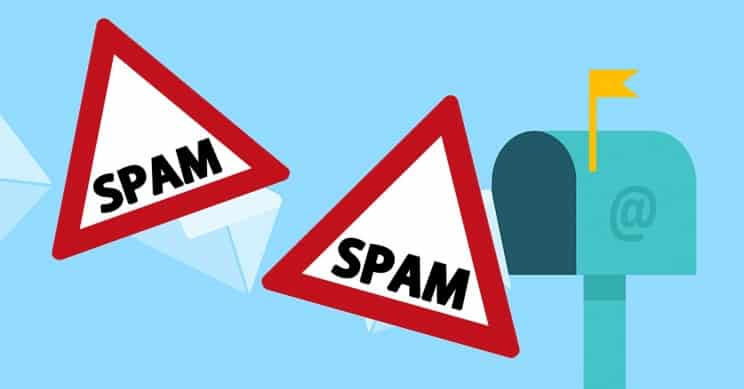What Is The Difference Between Phishing And Spam?
Nowadays, hacking is trendy in our virtual environment, and now this hacking has already begun to threaten the sensitive data of numerous users. Hence, the maximum number of hackers nowadays run for money in illegal ways. However, the fact is that there are various types of attacks that we are exposed to at the moment, among which we can highlight the well-known and most used attacks, of course, phishing attacks and spam. Also Read: Top 8 Best Free Online Virus Scanners And these attacks have become more advanced over time primarily due to the new attack methods that are used, as they are not limited to fake websites and messages or emails that use fonts and designs from the originals to deceive us. Still, mainly the attackers now focus on the theft of data from social networks and the failure of security systems. So, without wasting much time, let’s know briefly about Phishing and Spam.
What is Phishing?
It is one of the methods most used by cybercriminals to cheat and obtain confidential information in a fraudulent manner, such as a password or detailed information on credit cards or other banking information of the victim, to cause economic losses—the imitation of a full-fledged identity that, despite being a classical technique, causes great destruction. The fraudsters use social engineering techniques that obtain essential information by manipulating legitimate users of the Internet or a service or an application. Thus, the cybercriminal is posing as a person or company of trust in an official electronic communication, usually an email or instant messaging system, social networks, SMS/MMS, or even phone calls. Fraudulent emails usually include a link that, when clicked, leads to false web pages. “In this way, the users simply believe that they are in a trusted place where they simply introduce the requested information that, in reality, goes to the hands of the scammer”. The ” phishing ” attack through SMS is known as “smishing”; the user receives a text message trying to convince them to visit a fraudulent link. While in “fishing,” the users get a phone call that simulates coming from a bank requesting them to verify a series of data so that attacker could easily steal their money.
What is Spam?
Spam, or junk information, refers to messages with an unknown sender that is not requested or desired by the user and, as a general rule, are sent in large quantities. Think of our email, which we use to exchange messages with friends and get in touch with people and organizations. The majority of spam spreads information of an advertising nature, the reason for which it is sent massively. To do this, spammers are responsible for buying databases that include thousands of email addresses to make that shipment in large quantities. In addition, they often hide and misrepresent the true origin of the messages so that it is not known who sends them. Because these letters are intended, in many cases, they deceive and cheat the user and profit at their expense. Advertising messages, on the other hand, do not always have to be labeled as “spam”. There are three aspects that commercial mail must fulfill to be considered junk mail:-
The impossibility of the user canceling their subscription through a simple and visible procedure from their message tray. Information that violates the morals and does not warn about the contents or does not include a legal address of the sender. Mass messages are sent to recipients who have not requested or authorized them.
However, the fact is that not all spam content is advertising or has commerchaspurposes. Still, they can also be messages with political overtones, claims of false unity donations, financial scams, and chains of letters or emails with attachments that alter the installation of a malicious program. The last case is, perhaps, the most dangerous and, therefore, it is advisable to obtain an excellent antivirus capable of eliminating this computer virus. Also Read: How To Scan Files & URLs Without Any Antivirus Installed As you will have noticed, in our explanation, we have constantly alluded to emai,since themails the most common way spam is used. However, it is also defined as all free advertising information present in blogs, groups of news, forums, sites, and web pages,is, social networks, SMS, etc. Now, after knowing about these two well-known terms, Phishing and Spam, that we have mentioned above, I hope you all learned what they are and how scammers use them in different ways to cheat users. So, what do you think about this? Share all your views and thoughts in the comment section below. And if you liked this explanatory post, do not forget to share this tutorial with your friends and family.
Δ





